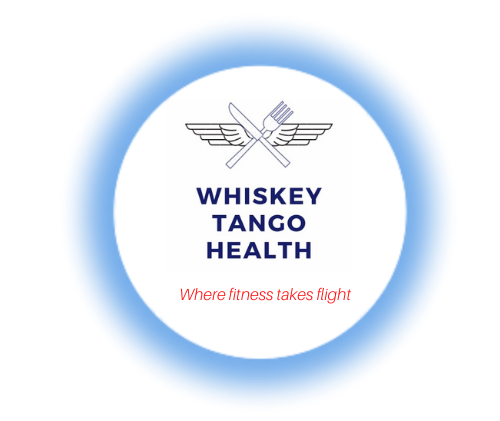We have already learned a little bit about insulin in the hormone section, however it is such an important hormone that it deserves it’s own page. Insulin is so very important because without it we would not be able to get glucose into our cells and we would die. Type 1 Diabetics know this all too well. However, the complete opposite problem happens in Type 2 Diabetes(DM2) as there is too much insulin in the blood, this is called hyperinsulinemia. In medical terms you can break down these big words easily to understand what they are, in this instance “hyper” meaning a lot, “insulin” meaning exactly that, “emia” meaining the blood. So too much insulin in the blood. The result of too much insulin is “Insulin Resistance”, meaning that too much insulin in the blood for too long makes insulin ineffective. Modern medicine treats DM2 by adding more insulin to try to help regulate blood glucose, but this only makes the situation somewhat manageable without treating the root cause which is too much glucose. Remove the glucose and the insulin will eventually return to normal. When insulin is working correctly it is referred to as insulin sensitivity.
Insulin has many functions, the main function is to move glucose into cells, however it also moves glucose into fat storage. Insulin also has a part in driving ketosis, human growth hormone (HGH), nutrient absorption and even hunger. Many of these other functions are not a direct function of insulin, but through pathways that turn on and off other hormones.
What exactly makes insulin resistance happen is not completely understood, there are theories that it is at the cell level, meaning that there is too much insulin to “unlock” the cells for the glucose, there are theories that it starts at the pancreas and that the insulin allows too much glucose in the cells. Either way it works, it is clear that insulin resistance is present in many of our modern diseases and is the result of too much glucose. Type 2 diabetes, cardio vascular disease (CVD), obesity and even Alzheimers disease among others are all linked to insulin resistance. The good news is that insulin resistance is reversible through diet and exercise. Lower the glucose in the blood and eventually the insulin will follow. Increase insulin sensitivity, and the insulin will become more effective and lower insulin levels in the blood.
Insulin sensitivity is when insulin is working as it should. When you exercise, muscles need glucose to operate. Glucose needs insulin to enter the cells, so it begins to do it’s thing. By lowering the dietary consumption of sugar and foods that turn into sugar as well as increasing the consumption of glucose you will lower the extra insulin in the blood.
Insulin also works as a storage hormone to move the excess sugar to the fat tissue. This is a complex process, however our bodies are designed to store fat. Most of us are all too aware of this fact, however our bodies are trying to protect us by storing fat (energy) for later use. In today’s world, most of us will not have to worry about famine so we continue to to store away energy as we eat way too much. In the west, primarily America, our Standard American Diet (SAD) is primarily composed of carbohydrate. When we eat more energy than we expend, especially in sugar, we store it. It is believed that our ancestors used this method and consumed carbohydrate for the main purpose of fat storage.
There are many hormones constantly working in our bodies, another hormone that gets a lot of attention is cortisol. Cortisol, commonly referred to as the “stress hormone”, also affects insulin.
When we come under stress, any stress from waking up to an alarm clock, running late for a meeting, or the extreme life threatening situation, anything that our bodies feel as stress, will drive cortisol. One of the many functions cortisol does is push glucose to our muscles so we can react. Anytime there is glucose, there is insulin so that will drive insulin resistance. Those of us that have been under a lot of stress for a long time, wether it be a wedding or divorce, buying or selling a house, work pressure or serving in combat, will drive insulin resistance.
So is insulin the enemy? Absolutely not! If we didn’t have any insulin, we couldn’t move glucose. That is Type 1 diabetes and it is deadly. It basically comes down to having correct amount of insulin in our blood. We always have some insulin running around as we always have glucose running around. Even if we aren’t eating carbohydrate, our livers will produce glucose through fat and protien. This is a good thing. Once we fix insulin resistance, eating some carbohydrate will provide the correct amount of insulin to do what it was designed to do. And if we eat too much, it will be turned into fat for storage, however by reducing that dietary glucose again, the body will use that stored fat as fuel once again.


